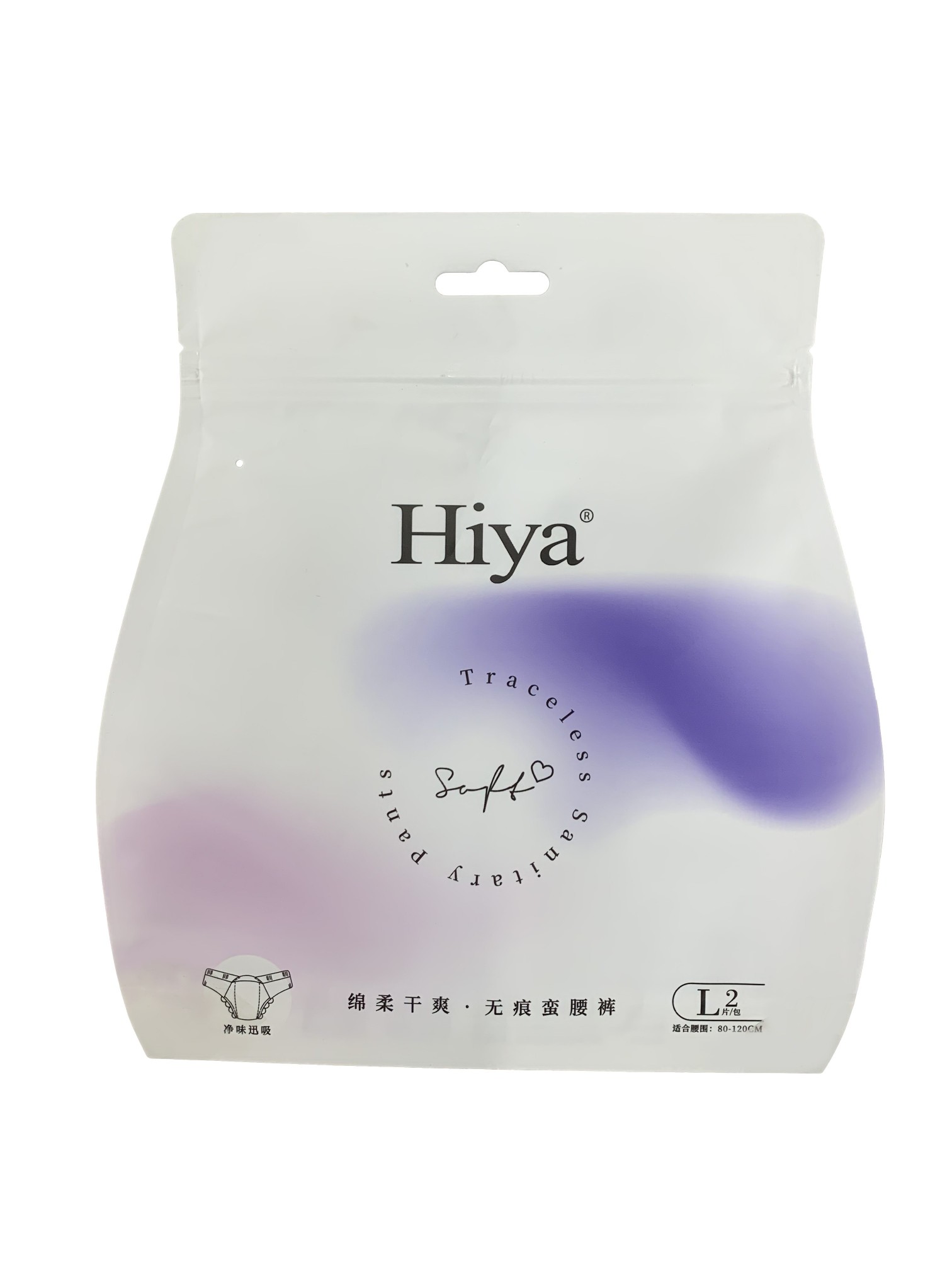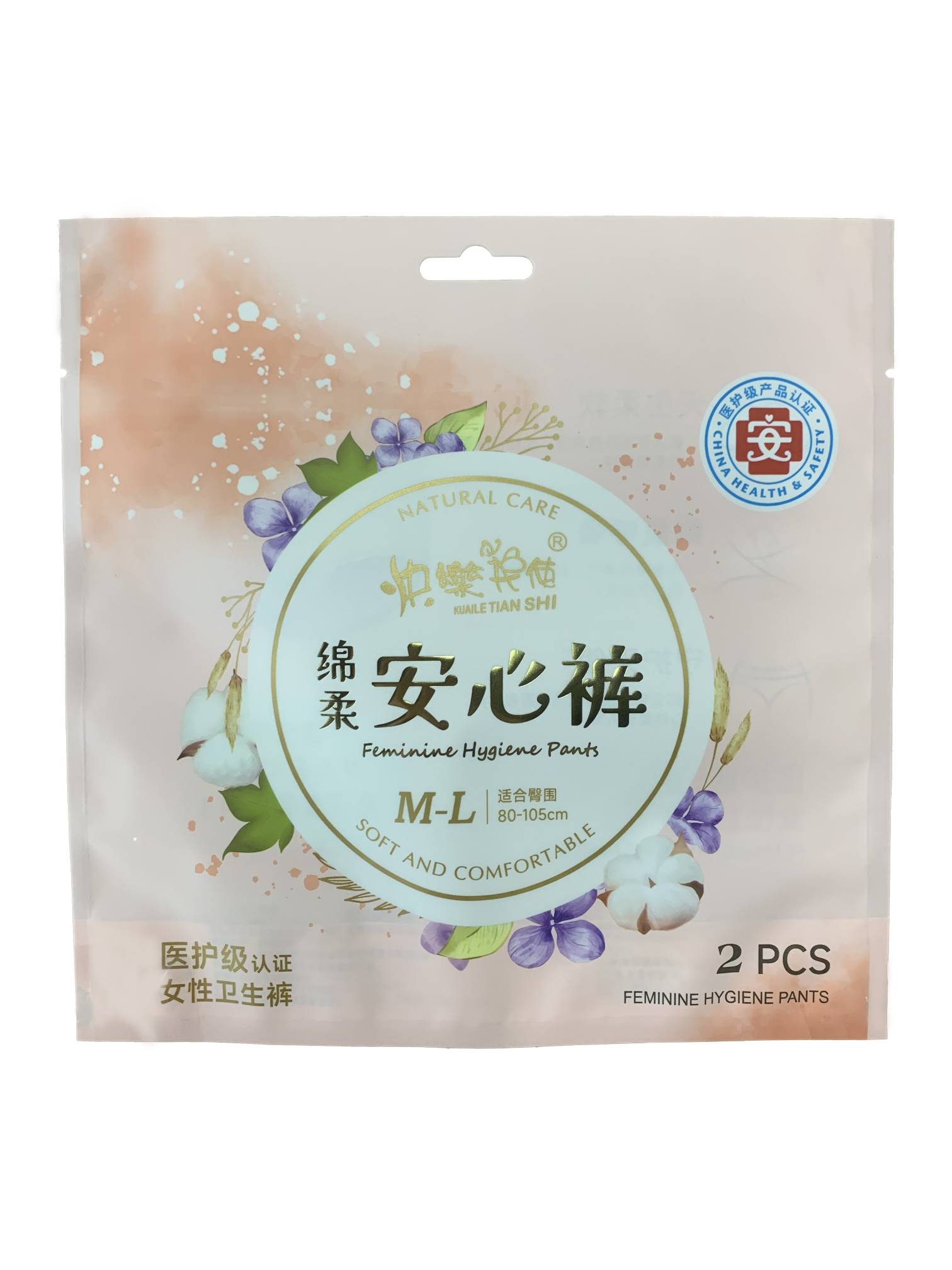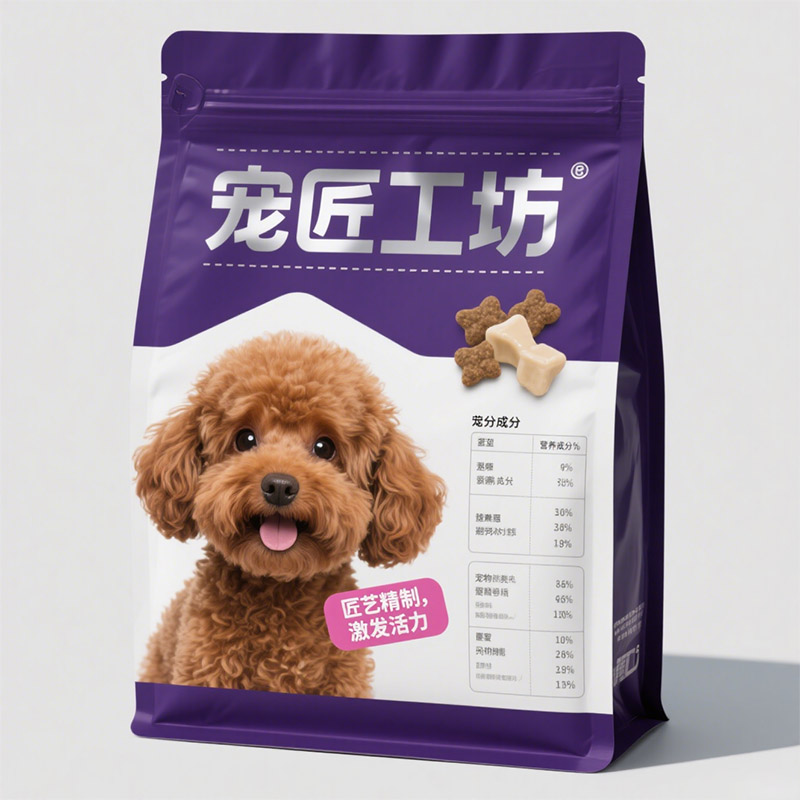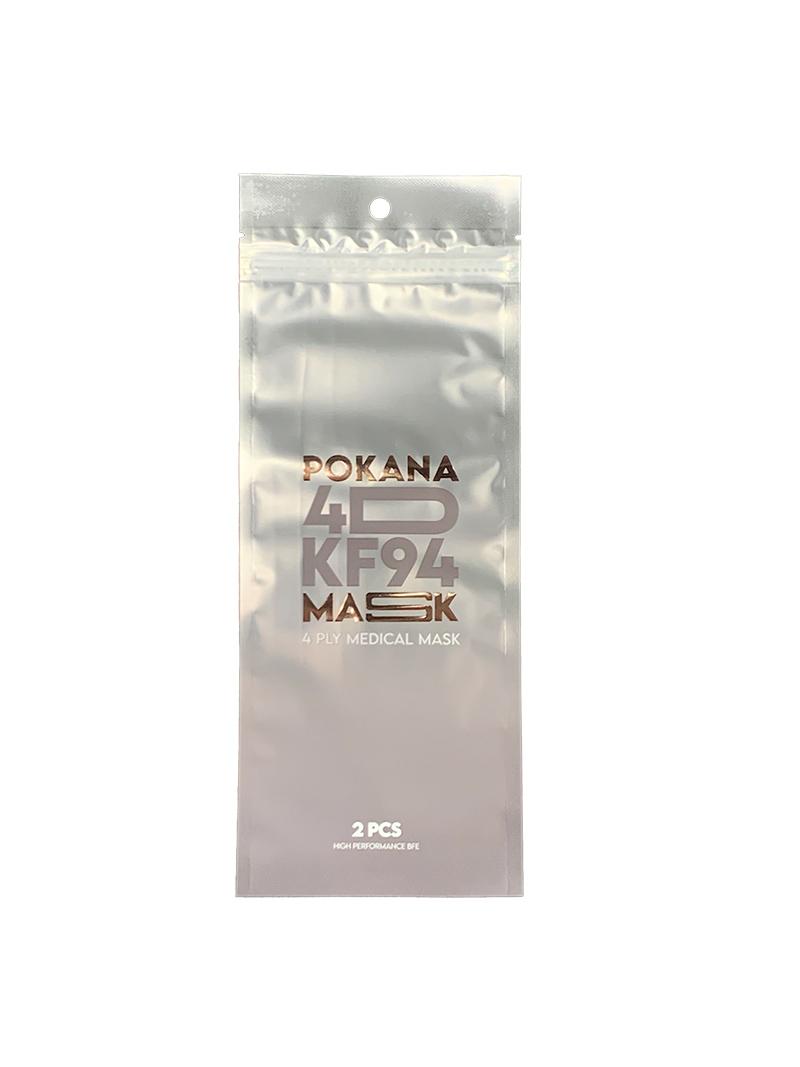Author:Tansox Packaging Poly Bags Manufacturer TIME:2025-04-25
Choosing the right closure type for gusseted reclosable bags is crucial for ensuring product freshness, convenience, and safety. These bags are used across various industries, including food packaging, medical supplies, and retail products. The closure system not only plays an essential role in preserving the integrity of the product but also adds to the overall user experience. This article will guide you through the various closure options available for gusseted reclosable bags, considering factors such as product type, durability, ease of use, and cost-effectiveness.
Before diving into the specifics of closure types, it is important to understand what gusseted reclosable bags are and why they are commonly used. Gusseted bags have side folds, which expand to accommodate bulkier items, providing more space and better stability compared to flat bags. These bags are widely used for packaging food, powders, liquids, and other consumer goods. Their reclosable feature ensures that the bags can be sealed multiple times to protect the contents and maintain freshness. The closure type chosen will directly affect how effectively these bags preserve the items inside.
There are several types of closure mechanisms for gusseted reclosable bags. Each one has its strengths and weaknesses depending on the intended use. Understanding these options will help you choose the right closure system for your products. Here are some of the most common types:
Zipper closures are one of the most popular and reliable options for gusseted reclosable bags. They offer a secure, tight seal that prevents air and moisture from entering the bag, which is particularly important for food products and sensitive items. Zippers are easy to use, ensuring that customers can open and reseal the bag with minimal effort. Zipper closures are available in different designs, such as single-track and multi-track zippers, each offering varying degrees of security. However, zippers can sometimes be more expensive than other closure types, making them less ideal for cost-sensitive products.

Press-to-seal closures are simple, cost-effective, and widely used in the packaging industry. These closures consist of two strips that press together to form a seal. Press-to-seal bags are often used for products that do not require an airtight seal but still need to be reclosed for convenience. This closure type is typically more affordable than zipper options and is commonly used for lightweight items. The downside is that press-to-seal closures are not as secure as zippers and may not provide the same level of protection against moisture and air exposure.

Adhesive strip closures use a sticky adhesive to seal the bag. These are often used in combination with other closure types, such as zippers or press-to-seal, for additional security. Adhesive strip closures are typically used for light-duty applications and are ideal for short-term use or one-time sealing. They are easy to apply, cost-effective, and work well for products that are not as sensitive to environmental factors like air or moisture. However, they may not provide the long-term durability required for some products and can be more difficult to reseal multiple times.
Tear notch closures are commonly used in packaging where the primary focus is on the ease of access to the product. This type of closure allows consumers to open the bag quickly by tearing at a designated notch. These closures are ideal for products that need to be accessed rapidly, such as snacks or single-use items. However, tear notches do not provide the same resealability as zippers or press-to-seal closures. This can be a disadvantage for products that require long-term freshness or need to be resealed after each use.
When deciding on the right closure type for your gusseted reclosable bags, there are several factors to consider. Each product may have unique requirements, and understanding these factors will help ensure you choose the most effective closure solution.

The type of product being packaged plays a significant role in determining which closure type is most appropriate. For example, products that require high levels of freshness, such as perishable foods, will benefit from airtight closures like zippers. Products that do not require such stringent protection may be better suited for press-to-seal or adhesive strip closures. Understanding the product's sensitivity to air, moisture, and contamination is key when selecting the closure system.
The ease with which consumers can open and reseal the bag is an important consideration. Zipper closures provide the most user-friendly experience, as they are intuitive and easy to operate. If ease of use is a priority, opting for a zipper closure system will make your product more attractive to customers. Press-to-seal closures are also relatively easy to use, but they may not provide the same level of convenience as zippers. Tear notches, while easy to open, do not offer the same resealability, making them less ideal for long-term use.
Durability is another crucial factor when choosing a closure for gusseted bags. Zipper closures are the most durable, providing long-term security and resealability. Press-to-seal closures are generally less durable, as they may wear out over time or lose their sealing ability with repeated use. Adhesive strips can also lose their effectiveness over time, especially if exposed to moisture or heat. Consider the expected shelf life of your product and how often the bag will be resealed when choosing the best closure for durability.
Cost is always a consideration in any packaging decision. Zipper closures tend to be more expensive due to the complexity of their design and the materials used. Press-to-seal and adhesive strip closures, on the other hand, are more affordable and work well for low-cost products. However, it is important to weigh the cost against the benefits, as opting for a cheaper closure may compromise the product’s quality and shelf life. The right balance between cost and performance will depend on the specific needs of your product and target market.
Choosing the right closure for gusseted reclosable bags is essential for preserving the product’s integrity and ensuring customer satisfaction. Zipper closures offer the best combination of security, ease of use, and durability, making them ideal for high-quality, long-term storage products. Press-to-seal and adhesive strip closures provide more affordable alternatives but may not offer the same level of protection or resealability. Tear notches are best suited for products that need quick access but do not require resealing. By carefully considering the factors discussed in this article, you can select the best closure type for your specific needs, balancing performance, cost, and convenience for both you and your customers.




